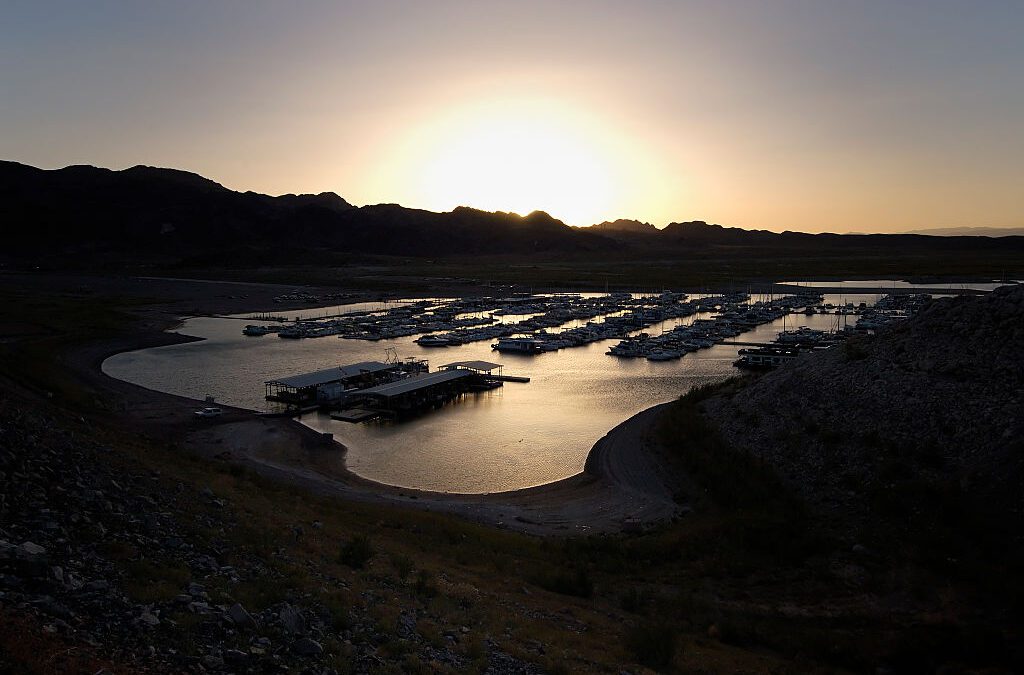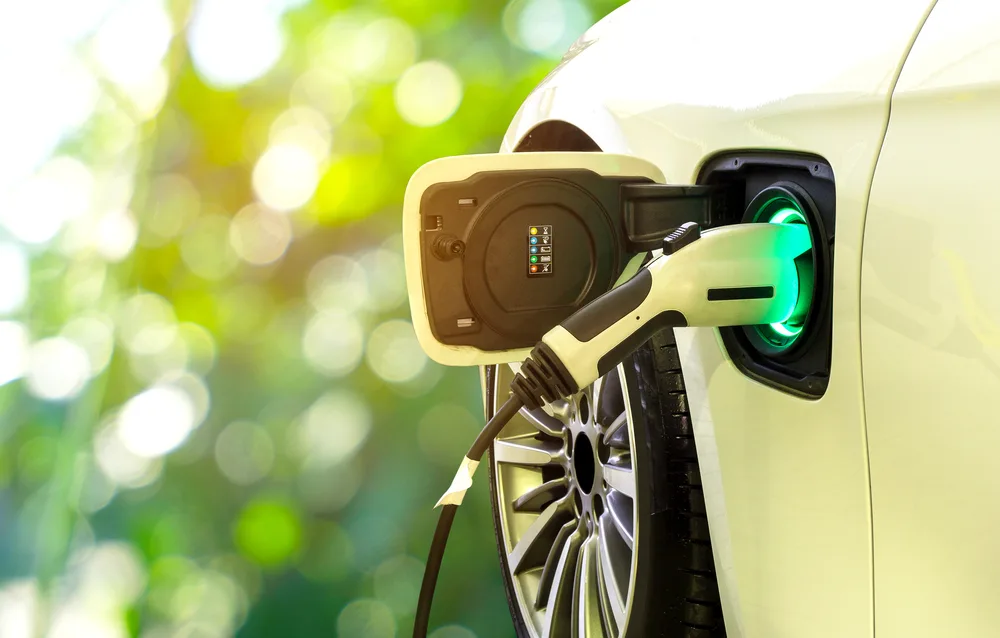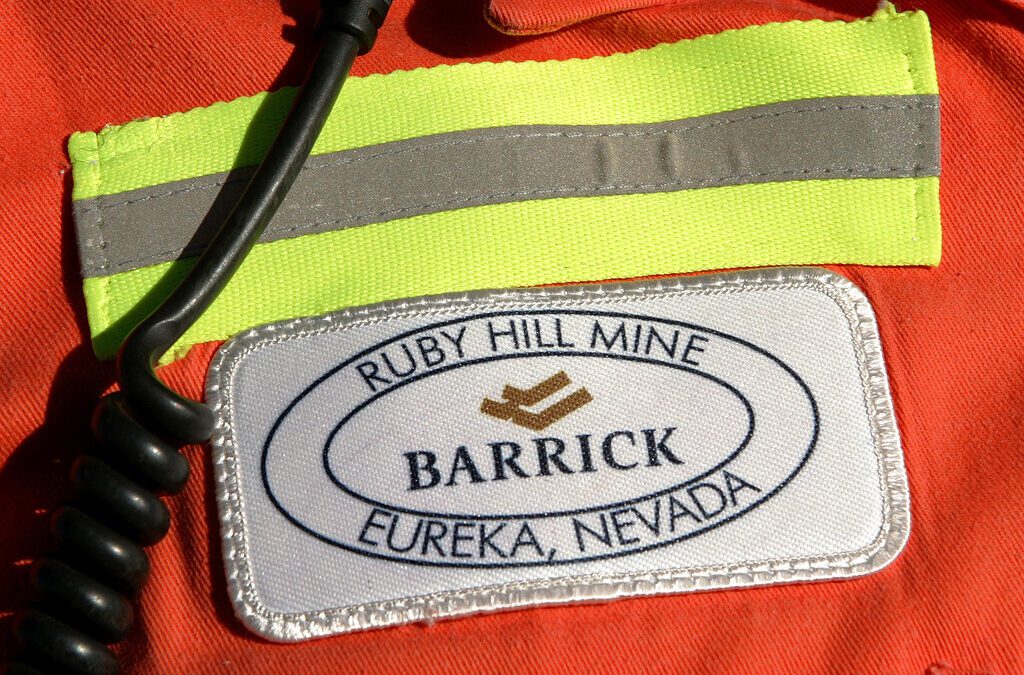
HENDERSON, NV - AUGUST 24: Workers gather by their work trucks before they head out for solar-power equipment installation across the Las Vegas valley on August 24, 2023, in Henderson, Nevada. (Photo by David Becker for the Washington Post)
Roughly 20% of the new clean energy projects in Nevada are located in rural communities, leading to the creation of about 1,650 jobs for locals. Companies have also announced the creation of more than 1,000 jobs in Nevada’s low-income communities since the Inflation Reduction Act passed.
A new report from Climate Power spotlights the impact of President Joe Biden’s clean energy plan on Nevada’s economy. The report points to the creation of nearly 16,000 new clean energy jobs for Nevada workers since Biden’s plan passed as part of the 2022 Inflation Reduction Act—despite continued resistance to climate action from state and national Republicans.
Nationally, the president’s clean energy plan has sparked over 271,000 new jobs in the energy sector and prompted $352 billion in clean energy investments. Nevada ranks seventh in the country for job creation as a result of the plan, thanks largely to solar and battery manufacturing projects throughout the state.
In Sparks, a $3.6 billion expansion of Tesla’s Nevada Gigafactory is projected to bring 3,000 jobs to the state—the most among all of Nevada’s new clean energy projects. Redwood Materials also received $3.5 billion in funding to expand battery production and recycling operations on its McCarran Campus, a move that’s projected to create 5,000 new jobs.
Roughly 20% of these new clean energy projects in Nevada are located in rural communities, leading to the creation of about 1,650 jobs for locals.
Companies have also announced the creation of more than 1,000 jobs in Nevada’s low-income communities since the Inflation Reduction Act passed.
Two notable examples include a planned lithium hydroxide manufacturing plant in Tonopah, which should result in 150 jobs, and Esmeralda County’s Rhyolite Ridge Lithium-Boron project, which is projected to create 600 construction jobs and around 300 permanent positions.
In his State of the Union address earlier this month, Biden touted his administration’s efforts to advance his clean energy plan and emphasized its impact on middle-class Americans who might benefit from creation of jobs across energy projects.
“The middle class built this country, and unions built the middle class,” Biden said.
RELATED: Nevada leads nation in clean energy investment, report finds
He also highlighted the recently launched American Climate Corps, an initiative that seeks to train around 20,000 young people “in high-demand skills for jobs in the clean energy economy.”
In Nevada, 43% of Biden’s new clean energy projects are located in the state’s 2nd congressional district, the only one represented by a Republican in Congress. But this hasn’t stopped state Republicans from pushing back on energy reform and climate action.
Governor Joe Lombardo withdrew Nevada from the US Climate Alliance last year, a move that outraged climate activists. Lombardo said the Alliance, a bipartisan group of 24 governors committed to following climate regulations outlined in the Paris Climate Agreement, conflicts with his vision of a “balanced approach to electric and natural gas energy supply and transportation fuels.” Lombardo also removed all mentions of climate strategy from Nevada’s official website.
Congressman Mark Amodei (R-Carson City), whose 2nd congressional district houses the aforementioned 43% of new clean energy projects, voted against the Inflation Reduction Act.
At the national level, GOP leaders released their proposed 2025 budget blueprint this month. The House Budget Committee approved the blueprint, which outlines plans to repeal climate and clean energy provisions included in the Inflation Reduction Act.
Climate leaders say the Republicans’ inaction on climate change and vow to repeal the Inflation Reduction Act poses a grave threat.
“The GOP budget proposal, which slashes funding for climate and clean energy—and along with it, our nation’s economic recovery—is an unserious and unrealistic view of where we stand today,” said Sierra Club Executive Director Ben Jealous in a statement. “The Inflation Reduction Act made the most comprehensive investment imaginable in rebuilding this nation, putting us on the path to help us avoid the very worst of the climate crisis.”
The impacts of clean energy efforts are especially important for Nevada’s environment and economy, particularly in the case of the state’s natural wonders and tourism drivers like Lake Tahoe, which expands into Washoe County.
“Healthy air is critical to protecting the lake and livability of Washoe County, and far too often we suffer with abysmal air quality due to increasingly extreme wildfires fueled by climate change,” said Washoe County Commissioner Alexis Hill in a statement.
Hill hopes Biden’s clean energy plan will continue to improve quality of life throughout the state by “providing thousands of good-paying jobs for Nevadans and empowering us to meet our climate reality head-on.”

Condena Chispa Nevada el retiro de apoyo en su pago de electricidad a familias de bajos ingresos
Chispa Nevada condena que la administración Trump retire ilegalmente el financiamiento del programa de Nevada para reducir las facturas de...

Biden admin moves to shield Nevada public lands from mining with support of tribes, local leaders
In one of President Biden’s last moves in office, his administration has moved to protect 269,000 acres of public land in Nevada from a proposed...

Many fear help for Nevada water conservation will dry up under Trump
Despite billions from the Inflation Reduction Act going to benefit Nevada, President-elect Donald Trump and conservative fiscal hawks may pursue a...

Grant from Biden infrastructure law to help install 185 EV charges around Las Vegas valley
A $3.2 million grant from the US Department of Transportation will help fund and install electric vehicle charging stations in primarily...

Almost 500 people have died from extreme heat in Las Vegas in 2024, officials say
Factors relating to extreme heat accounted for 491 deaths and more than 3,500 emergency room visits, according to Clark County officials, as Las...

Nevada gold mining venture selected for $95M solar project
After being awarded a federal grant to help decarbonize the mining industry, Nevada Gold Mines hopes to build two on-site solar panel and battery...




